nitrous642
TPF Noob!
- Joined
- Feb 1, 2011
- Messages
- 21
- Reaction score
- 0
- Can others edit my Photos
- Photos NOT OK to edit
Hello all,
Just got my Canon 600D kit and as I want it to be "fully completed" I've done some research on UV filters, hoods, extra lenses etc for more protection and better performance/results.
The variety is indeed huge on lenses and accessories so I thought you guys might be able to help me through this.
I'd like to replace my 18-55 stock lens at first BUT it seems that I can't make up my mind with which one. I like to shoot landscapes, cityscapes, sometimes portrait and sports, so I was considering the 17-85 lens which gives me a bit more wide angle and a bit more zoom which after using my 18-55 I think I might need it! In a few words a lens which covers most areas that I am interested in and will hardly ever detached from my camera (if it exists tho).
I am also interested in hoods and UV filters but I've seen around colourful, transparent, less than 5 pounds or 25+ pounds. Complicated for me at this point.
Sorry for the long post, hopefully someone will get the chance to read it and help me out!
Any replies would be much appreciated! Thank you all!
Just got my Canon 600D kit and as I want it to be "fully completed" I've done some research on UV filters, hoods, extra lenses etc for more protection and better performance/results.
The variety is indeed huge on lenses and accessories so I thought you guys might be able to help me through this.
I'd like to replace my 18-55 stock lens at first BUT it seems that I can't make up my mind with which one. I like to shoot landscapes, cityscapes, sometimes portrait and sports, so I was considering the 17-85 lens which gives me a bit more wide angle and a bit more zoom which after using my 18-55 I think I might need it! In a few words a lens which covers most areas that I am interested in and will hardly ever detached from my camera (if it exists tho).
I am also interested in hoods and UV filters but I've seen around colourful, transparent, less than 5 pounds or 25+ pounds. Complicated for me at this point.
Sorry for the long post, hopefully someone will get the chance to read it and help me out!
Any replies would be much appreciated! Thank you all!
Last edited:


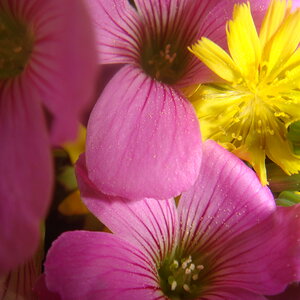
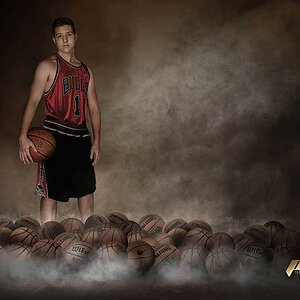
![[No title]](/data/xfmg/thumbnail/31/31978-02cde49248ebdf1b82fba5c899e08378.jpg?1619735136)
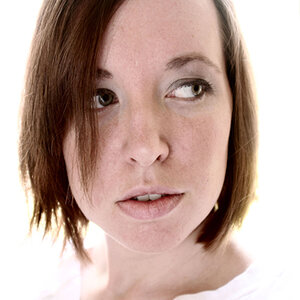
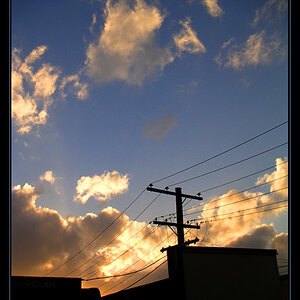
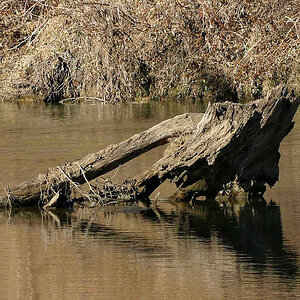
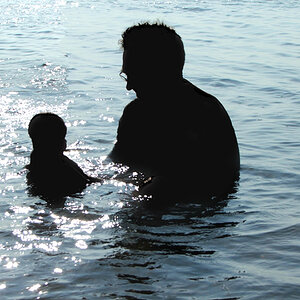
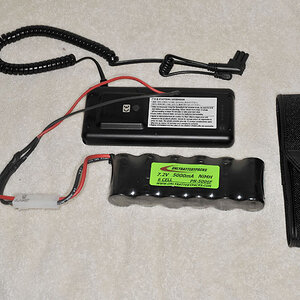
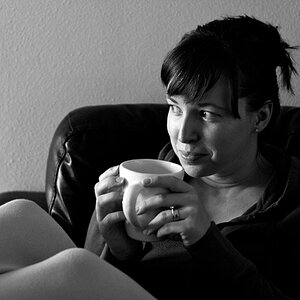
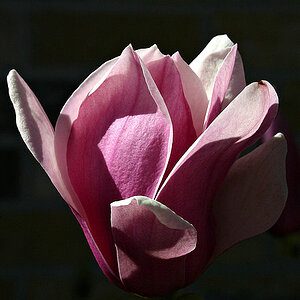
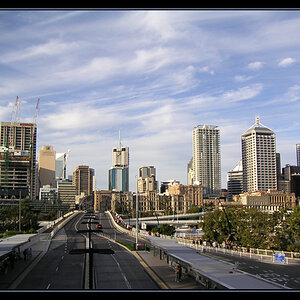
![[No title]](/data/xfmg/thumbnail/32/32183-06800ba86381f42976d75297ee6b5942.jpg?1619735235)